Increasing Demand for Renewable Energy
The Low Voltage Composite Insulator Market is experiencing a surge in demand due to the growing emphasis on renewable energy sources. As countries strive to meet energy transition goals, the integration of solar and wind energy systems necessitates reliable insulation solutions. Composite insulators, known for their lightweight and high-performance characteristics, are increasingly favored in these applications. The market for renewable energy is projected to expand significantly, with investments in solar and wind energy expected to reach trillions of dollars over the next decade. This trend is likely to drive the adoption of low voltage composite insulators, as they provide enhanced durability and efficiency in energy transmission, thereby supporting the overall growth of the Low Voltage Composite Insulator Market.
Rising Urbanization and Population Growth
Urbanization and population growth are significant factors influencing the Low Voltage Composite Insulator Market. As urban areas expand, the demand for reliable electrical infrastructure increases correspondingly. Composite insulators, with their superior performance in harsh environmental conditions, are becoming essential in urban electrical systems. The rapid increase in urban populations is expected to drive investments in electrical grid enhancements, thereby boosting the demand for low voltage composite insulators. Market analyses indicate that urbanization trends could lead to a substantial increase in the installation of composite insulators, with projections estimating a market value growth of approximately 10 billion dollars by 2030. This trend underscores the critical role of composite insulators in supporting the electrical needs of growing urban centers.
Focus on Energy Efficiency and Sustainability
The Low Voltage Composite Insulator Market is increasingly influenced by the global focus on energy efficiency and sustainability. As industries and governments prioritize reducing carbon footprints, the demand for energy-efficient electrical solutions is rising. Composite insulators, known for their lightweight and durable properties, contribute to energy savings by minimizing transmission losses. The market is responding to this trend, with many manufacturers developing eco-friendly composite materials that align with sustainability goals. Reports suggest that the energy efficiency market could reach a valuation of over 500 billion dollars by 2027, indicating a substantial opportunity for low voltage composite insulators. This focus on sustainability not only enhances the market appeal of composite insulators but also aligns with broader environmental objectives.
Regulatory Support for Infrastructure Upgrades
Government regulations aimed at modernizing electrical infrastructure are playing a pivotal role in the Low Voltage Composite Insulator Market. Many regions are implementing policies that encourage the replacement of outdated insulators with advanced composite materials. This regulatory push is often accompanied by funding initiatives that facilitate infrastructure upgrades, particularly in urban areas. As a result, the market for low voltage composite insulators is expected to witness robust growth, with estimates suggesting a compound annual growth rate of over 5% in the coming years. The alignment of regulatory frameworks with technological advancements in insulation materials further enhances the attractiveness of composite insulators, positioning them as a preferred choice in the evolving landscape of electrical infrastructure.
Technological Innovations in Insulation Materials
Technological advancements in insulation materials are significantly shaping the Low Voltage Composite Insulator Market. Innovations such as improved polymer formulations and manufacturing techniques are enhancing the performance characteristics of composite insulators. These advancements lead to increased resistance to environmental stressors, thereby extending the lifespan of insulators and reducing maintenance costs. The market is witnessing a shift towards smart insulators that integrate monitoring technologies, which can provide real-time data on performance and potential failures. This trend is likely to attract investments and drive market growth, with forecasts indicating a potential increase in market size by 15% over the next five years. The continuous evolution of technology in insulation materials positions the Low Voltage Composite Insulator Market for sustained growth.


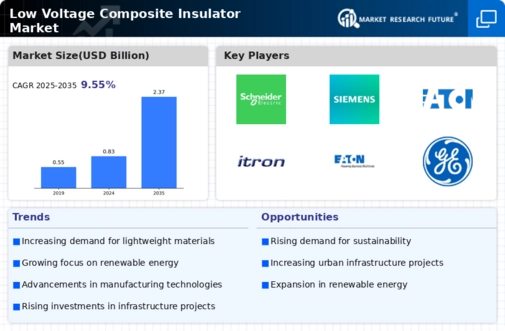
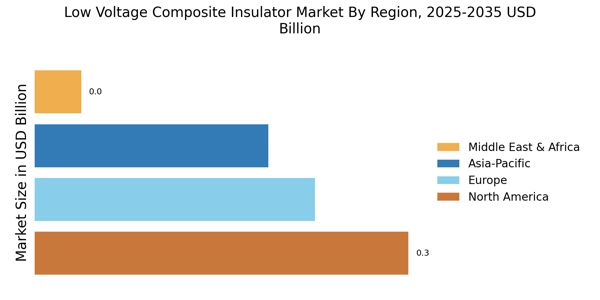
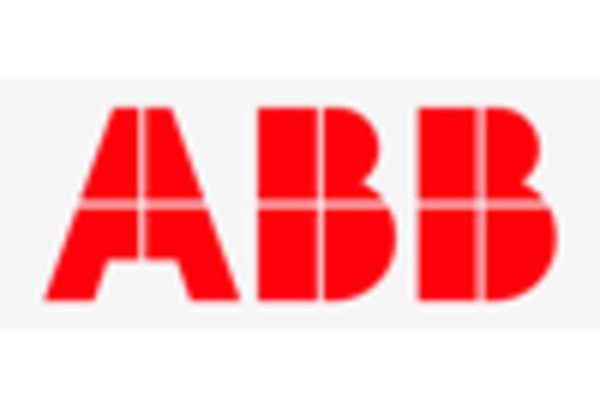
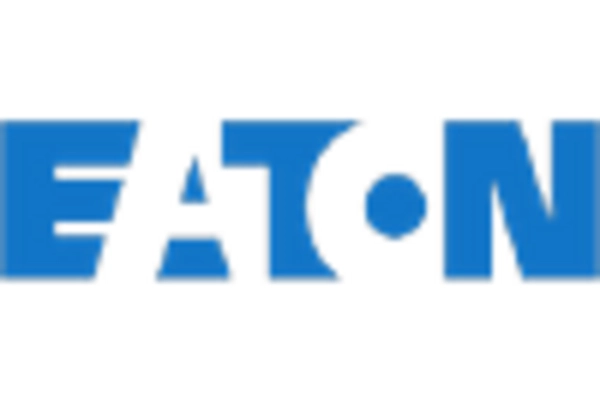


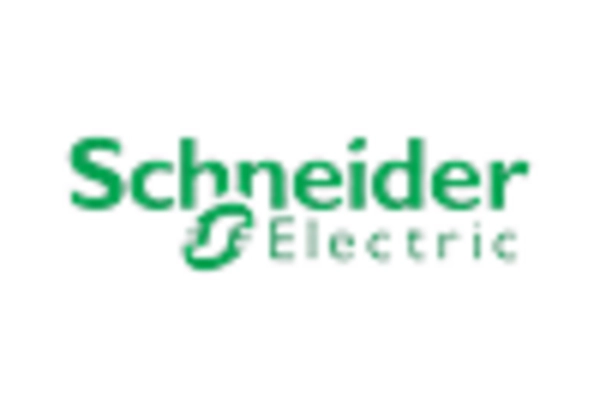









Leave a Comment